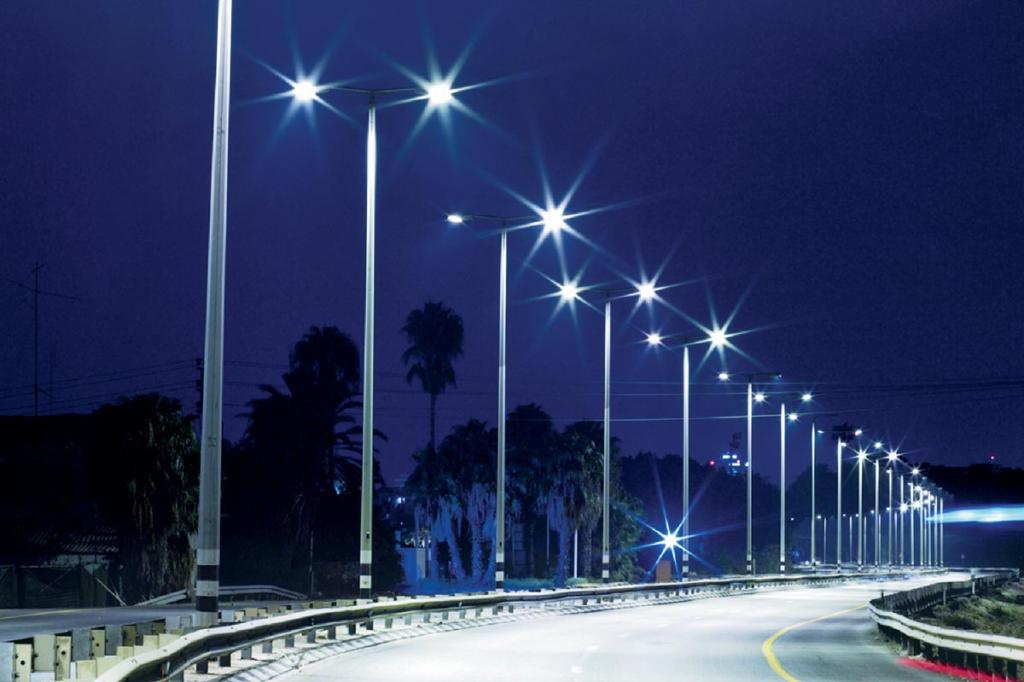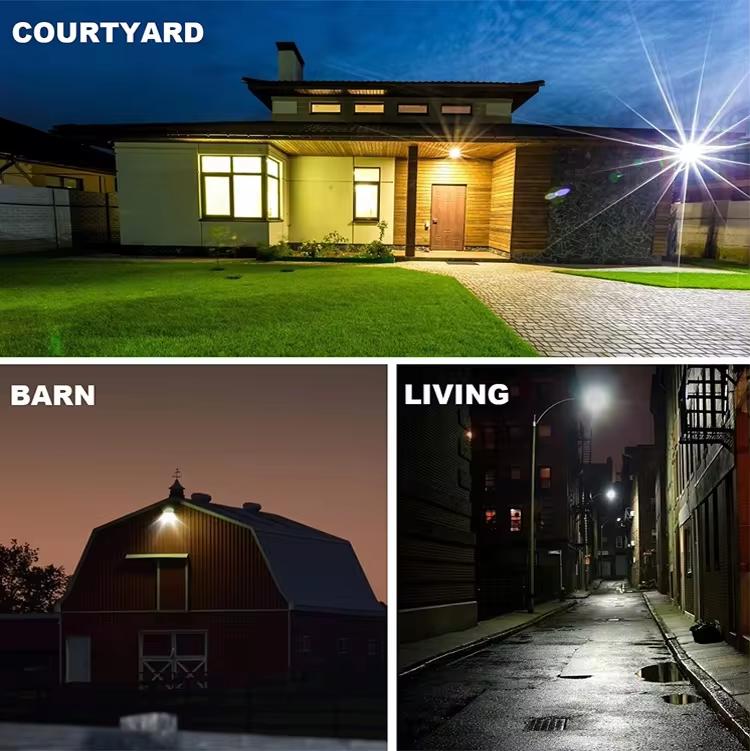Outline
- Introduction
- Overview of GIS Mapping for Light Controllers
- Features Highlight: Project and Device Location Tracking
- User Interaction with Maps: Search, View Modes, and Full Screen Functionality
- Practical Application: Selecting an Area for Quick Assessment
- Advanced Controls: Pop-up Window for Detailed Device Management and Remote Adjustment
- The Future Impact on Urban Lighting Infrastructure and Smart City Development
- The Bottom Line
Urban lighting is transforming with smart outdoor light controllers designed to enhance efficiency and adaptability in city lighting systems.
A key innovation is the integration with Geographic Information Systems (GIS), enabling precise mapping and management of city lighting infrastructure. This allows for more efficient operations and maintenance, which is crucial for the development of smart cities. Smart light controllers interact with other smart city components, creating interconnected urban environments that communicate seamlessly.
This article provides a comprehensive overview of these controllers, specifically focusing on their utilization of smart location capabilities. We will explore how this technology empowers municipalities and facility managers to gain unprecedented control and insights into their outdoor lighting infrastructure.

Overview of GIS Mapping for Light Controllers
Smart light controllers leverage the power of Geographic Information Systems (GIS) to create a comprehensive digital map of your outdoor lighting infrastructure. GIS essentially functions as a spatial database, precisely pinpointing the location of each light fixture.
This visual representation offers a critical advantage for municipalities and facility managers. With a single glance, they can gain a clear understanding of the entire lighting network, streamlining the management of a potentially vast number of lights spread across an urban environment.
Features Highlight: Project and Device Location Tracking
One of the most compelling aspects of smart outdoor light controllers is their ability to track both project and device locations. This goes beyond simply having a map – it unlocks a new level of control and organization.
Imagine managing a city’s worth of streetlights. Smart controllers allow you to group lights by project (e.g., park lighting, historical district illumination) or categorize them by type (LED fixtures, high-mast lights).
This visual organization on a map simplifies monitoring and helps prioritize maintenance efforts. Furthermore, you can pinpoint the exact location of each individual light, enabling efficient dispatch of crews for repairs or adjustments.
User Interaction with Maps: Search, View Modes, and Full Screen Functionality

The power of location tracking is further enhanced by intuitive user interaction features within the map interface. This user-friendly system allows you to:
Search: Quickly locate specific lights by address, pole ID, or any other relevant data point. This eliminates the need for manual navigation through a potentially large map.
View Modes: Seamlessly switch between various map views to suit your needs. This could include standard road maps, satellite imagery, or even a hybrid view for a comprehensive perspective.
Full-Screen Functionality: Expand the map to fill the entire screen for a clearer view of your lighting network. This allows for detailed analysis and minimizes distractions when working with a complex layout.
These interactive features empower users to navigate the map efficiently, ensuring a smooth and intuitive experience for managing your outdoor lighting infrastructure.
Practical Application: Selecting an Area for Quick Assessment
Let’s face it: managing a sprawling network of outdoor lights can feel overwhelming at times. Imagine you receive a report of flickering streetlights in a specific neighborhood. Traditionally, this might involve sifting through paper maps or spreadsheets to pinpoint the affected lights.
With smart light controllers, however, the process becomes refreshingly streamlined. Simply fire up the map interface, and with a few clicks, you can zoom in on the reported neighborhood. The system instantly displays all the lights within that area, allowing you to quickly identify the ones potentially experiencing issues. This saves valuable time and lets you focus your resources on resolving the problem efficiently.
Think of it as having a virtual assistant for your outdoor lighting. It highlights the exact area you need to focus on, eliminating the tedious task of manually searching through a massive network. This is just one example of how smart light controllers empower proactive problem-solving and ensure your lighting infrastructure operates smoothly.
Advanced Controls: Pop-up Window for Detailed Device Management and Remote Adjustment
Suppose you’re at your desk, reviewing the map of your city’s lighting network. Suddenly, a hunch strikes you – maybe those park lights could benefit from a slight dimming adjustment during the late night hours.
Wouldn’t it be amazing to handle that right then and there?
Well, with smart light controllers, this is easily achievable. Clicking on a specific light on the map triggers a pop-up window that transforms your screen into a lighting command center. This window displays a wealth of information about the selected light, including its current status, energy usage, and even maintenance history.
But the true power lies in the ability to make remote adjustments. With a few clicks, depending on your interface, you can adjust the brightness, schedule automatic adjustments, or even initiate a remote power cycle for troubleshooting.
It’s like having a direct line to each individual light in your network. This level of granular control empowers you to optimize lighting performance, reduce energy consumption, and ensure a consistent lighting experience across your entire city or facility.
The Future Impact on Urban Lighting Infrastructure and Smart City Development

Personally, with a strong belief in how innovative technology is transformational, I am very excited about the future of intelligent light controllers in urban lighting infrastructure and smart city development. These are more than just fancy on-off switches; they stand as the backbone of a new era in intelligent lighting management.
Imagine a city where lighting levels can be adjusted in real time based on pedestrian traffic flow or weather conditions. Real-time adjustment helps increase safety and security and serves significant savings for cities through optimized energy consumption.
Moreover, these controllers’ data can be integrated into other innovative city initiatives, such as traffic management systems or environmental monitoring networks. This in turn develops the robust ecosystem in which all the pieces advance toward a more efficient, sustainable, and ultimately livable urban environment.
In my view, acceptance of these new technologies, like intelligent light controllers, shall not be measured by “if” but “when.” After all, the potential savings, better efficiencies, and a much more sustainable future are all factors that could stay out of sight.
The Bottom Line
Smart light controllers with robust location capabilities represent a game-changer for managing outdoor lighting infrastructure. If you’re looking to harness the power of this technology, consider exploring solutions like Chiswear‘s line of outdoor light controllers – their user-friendly features and focus on location management could be the perfect fit for your needs.






